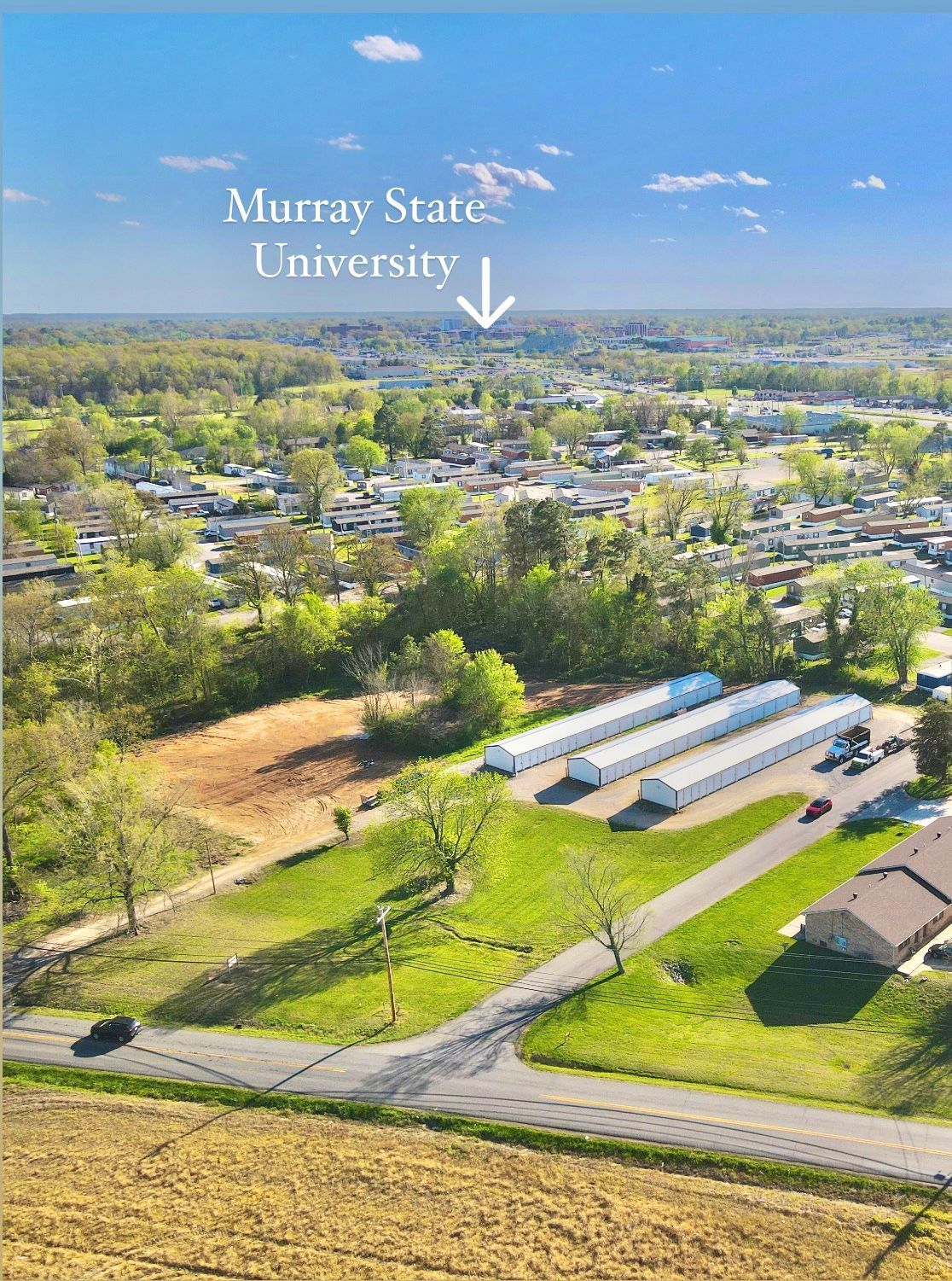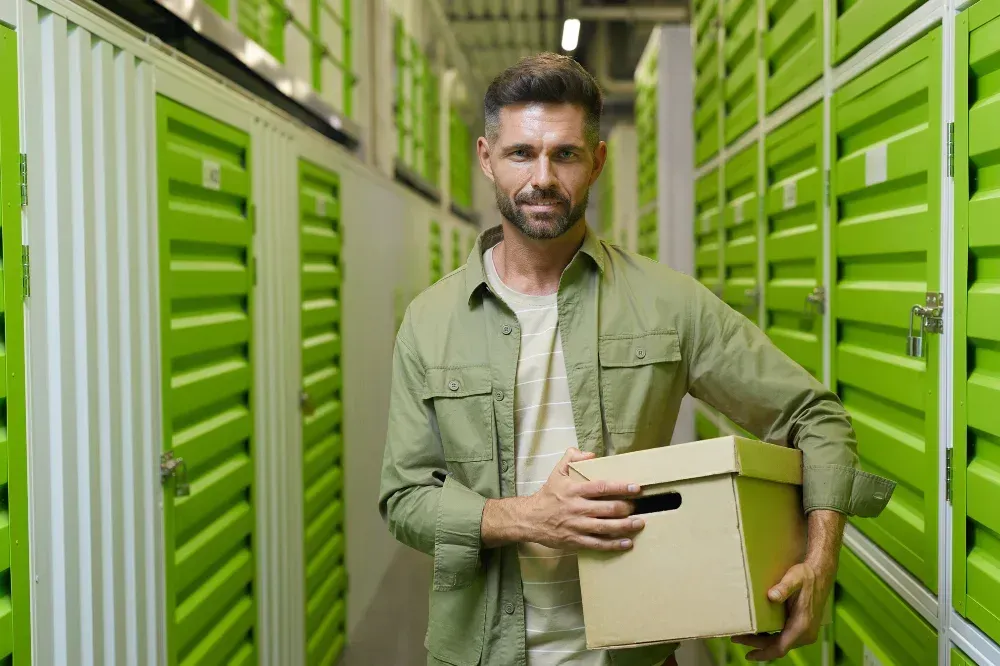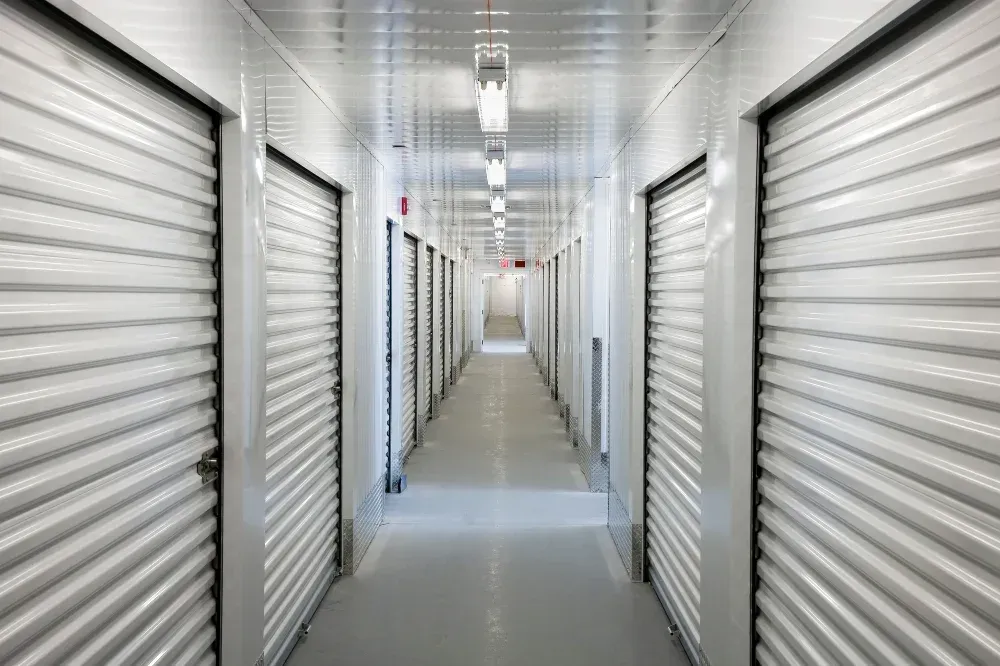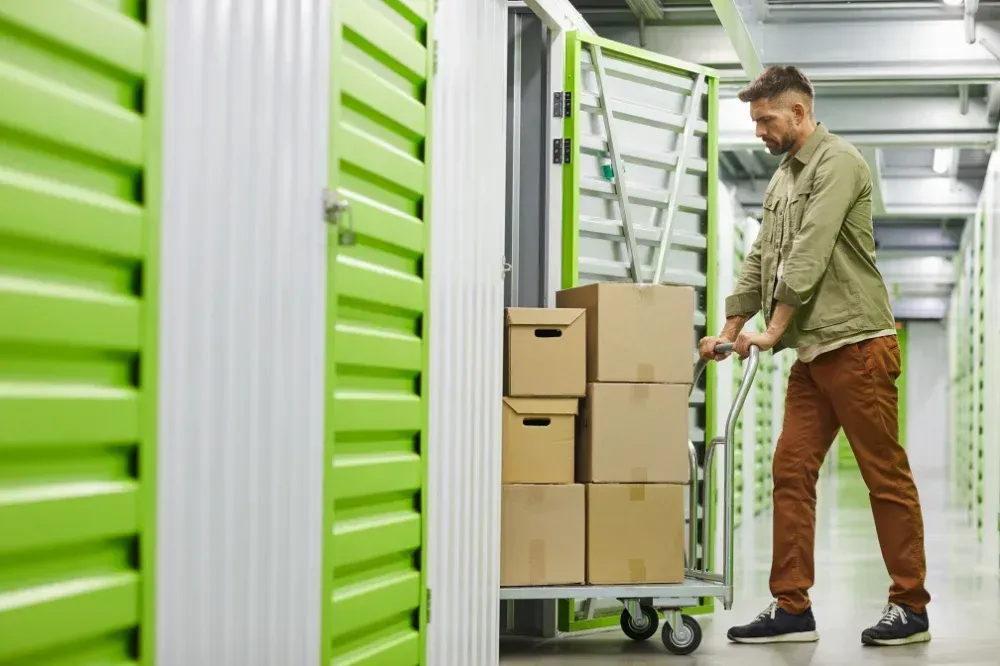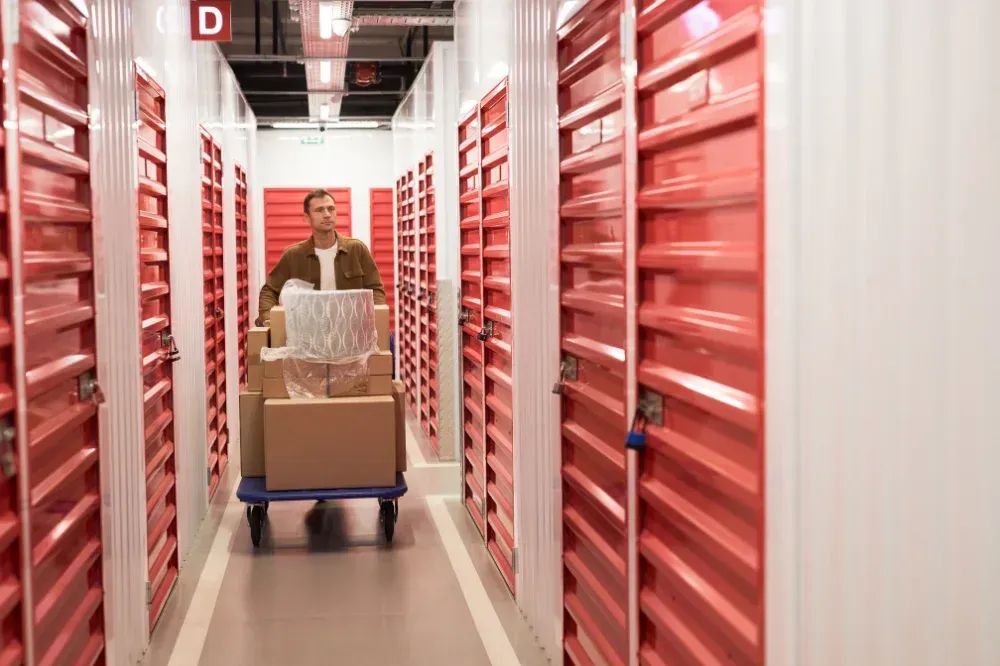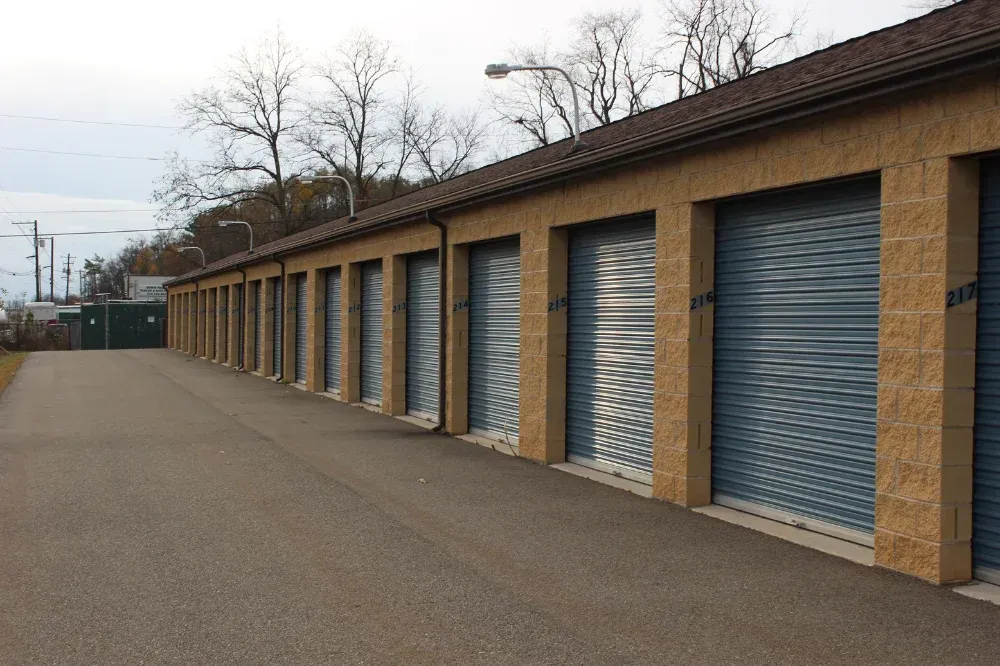Evaluating the Security of Self-Storage Facilities: Key Safety Features to Know
Evaluating the Security of Self-Storage Facilities: Key Safety Features to Know
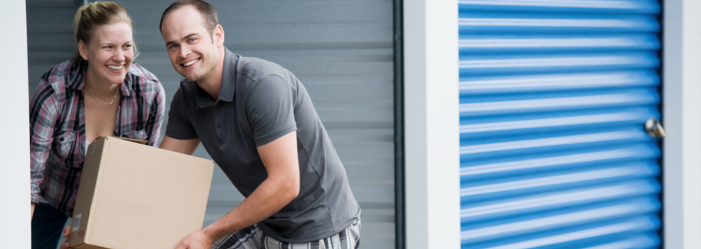
Title: Evaluating the Security of Self-Storage Facilities: Key Safety Features to Know
Self-storage units have become indispensable in today’s fast-paced world. Whether it's for personal, seasonal, or business use, storage facilities provide an easy, flexible way to store items that no longer fit in the home or office. However, as more people rely on these services, one crucial question stands out: how secure are self-storage facilities?
When you trust a storage unit with your belongings—especially those of high value or emotional significance—you want to be sure that your property is protected from theft, fire, or other unexpected risks. Fortunately, modern self-storage facilities are equipped with sophisticated security systems designed to safeguard your items. This article dives into the layers of security features self-storage companies implement to ensure the safety of your possessions, offering an in-depth look at these measures and how they contribute to your peace of mind.
The Core of Self-Storage Security: Physical Barriers
Gated Access: The First Line of Defense
A primary security feature in most modern storage facilities is gated access. These gates prevent unauthorized individuals from entering the premises and generally require a form of identification, such as a key card, PIN code, or access fob. This system restricts entry to customers with proper credentials and reduces the likelihood of break-ins.
Many facilities also have security personnel stationed at entry points to verify the identity of those entering or leaving, which adds another layer of human oversight. The presence of a gate, especially one that is actively monitored or staffed, deters potential criminals from attempting to breach the perimeter.
Perimeter Fencing: Preventing Unauthorized Entry
Most facilities also feature sturdy, high-quality perimeter fences that are designed to keep intruders out. Chain-link or steel fences, sometimes reinforced with barbed wire or razor wire at the top, prevent unauthorized individuals from scaling the barriers and accessing the facility unnoticed.
In addition to offering physical protection, these fences make the premises less inviting to thieves, as the effort required to bypass these barriers is usually high, and the risk of getting caught is too great to ignore.
High-Security Locks: Safeguarding Your Unit
One of the most direct forms of protection for your belongings comes in the form of locks. Traditional padlocks, while convenient, are relatively easy to tamper with or cut. As such, many self-storage facilities now require tenants to use high-security locks, such as disc locks or cylinder locks, which are far more resistant to tampering, picking, or cutting.
These advanced locks significantly enhance the security of individual units, reducing the risk of unauthorized access. Many facilities even mandate the use of a specific type of lock to ensure uniform protection across all storage units.
Surveillance Systems: Keeping Watch 24/7
CCTV Cameras: Constant Monitoring
CCTV cameras are a vital part of the security infrastructure in self-storage facilities. These cameras are typically placed in strategic locations around the premises, covering critical areas such as entrances, hallways, parking areas, and high-traffic spots.
The presence of these cameras serves as both a deterrent and an investigative tool. Thieves are less likely to target a facility where they know they are being watched, and in the unfortunate event of a crime, surveillance footage can be crucial for identifying suspects and providing evidence to law enforcement. Additionally, modern CCTV systems store footage for an extended period, allowing for retrieval even if an incident occurs well after the fact.
On-Site Security Personnel: Human Oversight
In addition to cameras, many high-security storage facilities employ on-site security personnel who actively patrol the premises. These guards check for signs of suspicious activity, inspect the gates and perimeter fencing, and monitor security logs for any anomalies.
The presence of security staff offers the advantage of real-time human intervention. In the event of a security breach or other emergency, guards are able to respond quickly and decisively, which enhances the overall safety of the facility. Furthermore, their patrols add a layer of reassurance for tenants, knowing that there is an active, human presence overseeing the security of their belongings.
Remote Monitoring: Real-Time Threat Detection
In today’s digital world, many self-storage facilities have implemented remote monitoring systems. These systems allow security teams or facility managers to monitor the premises from off-site locations, using advanced technology to detect unusual movement or unauthorized access attempts in real time.
When potential threats are identified, the monitoring team can take immediate action by contacting on-site personnel, alerting law enforcement, or triggering other preventive measures to mitigate the risk. Remote monitoring ensures that threats are dealt with quickly, even if the staff is not physically present on the premises.
Cutting-Edge Access Control: Streamlining Security
Electronic Keypads and Smart Locks: Simplified Yet Secure Access
Gone are the days of traditional metal keys. Today, self-storage facilities increasingly rely on electronic keypads, smart locks, and mobile apps to enhance security and ease of access. With these systems, tenants can unlock their units by entering a unique PIN code or using a smartphone app.
Smart locks also come with the added benefit of detailed access logs. This means tenants can review who accessed their unit and when, adding an extra layer of accountability. In cases of suspicious activity, these logs are useful for tracking access patterns and identifying any unauthorized attempts.
Biometric Access: High-Level Security for Premium Protection
For individuals who need the highest level of security, some facilities offer biometric access control. This system uses physical traits such as fingerprints or facial recognition to grant access. Because biometrics are unique to each individual, they offer a level of security that cannot be compromised by stolen keys, codes, or other access methods.
For tenants storing highly valuable or sensitive items, such as important documents or precious collectibles, biometric access ensures that only authorized individuals can gain entry to their unit, offering unparalleled protection against theft.
Unit-Specific Alarms: Instant Alerts in Case of Tampering
Many facilities also go the extra mile by installing alarms on individual storage units. These alarms are triggered if someone attempts to tamper with a unit’s lock or break into it. The alarm sends an immediate alert to on-site staff, who can respond quickly and take appropriate action.
Unit-specific alarms enhance the protection of each unit, providing an additional layer of security that cannot be bypassed simply by entering the facility or cutting through a gate.
Environmental Safety: Protecting Your Belongings from Natural Risks
Fire Safety: Comprehensive Protection Against Fire Hazards
In addition to theft prevention, self-storage facilities must also protect your belongings from natural risks such as fire. To reduce the likelihood of fire damage, many modern storage facilities are equipped with fire suppression systems. These systems typically include smoke detectors, automatic sprinklers, and fire alarms to detect and mitigate fires before they cause significant damage.
Some storage units are also constructed with fire-resistant materials that help prevent the spread of fire. These measures provide peace of mind, ensuring that your possessions are safe not just from theft but also from environmental hazards.
Climate Control: Preserving Delicate Items
For items that are sensitive to temperature and humidity—such as electronics, artwork, and important documents—many storage facilities offer climate-controlled units. These units maintain stable temperature and humidity levels, protecting items from mold, mildew, rust, and other forms of environmental damage.
With built-in environmental sensors, climate-controlled units ensure that stored belongings are kept in optimal conditions, safeguarding them from potential deterioration.
Enhancing Personal Safety: Tenant-Friendly Features
Lighting: Illuminating the Path to Safety
Proper lighting is essential for both security and tenant safety. Well-lit storage facilities reduce the risk of crime, as criminals are less likely to target a location where they can be easily spotted. Furthermore, adequate lighting in hallways, parking lots, and near entry points helps tenants navigate the facility safely, especially during nighttime visits.
Best Practices for Renters
While self-storage facilities implement robust security measures, tenants must also take precautions to further protect their belongings. Consider these tips:
- Use a high-quality lock: Opt for a disc or cylinder lock to secure your unit properly.
- Keep access codes private: Do not share access details with others to avoid unauthorized entry.
- Visit during regular hours: Ensure that security measures are fully operational when you visit.
- Consider purchasing insurance: In case of unforeseen events, having insurance coverage can help protect your items.
Choosing the Right Self-Storage Facility: A Checklist
When selecting a self-storage facility, security should be at the top of your priority list. To make the right decision, consider these questions:
- Does the facility offer 24/7 surveillance and on-site security?
- Are there options for biometric access or high-tech locks?
- Is the facility well-lit, and does it feature strong perimeter fencing?
- Does the facility provide climate-controlled units or offer insurance for your belongings?
Conclusion
Self-storage facilities today employ an array of advanced security features designed to keep your belongings safe. From robust physical barriers like gates, fences, and high-security locks to state-of-the-art surveillance systems, remote monitoring, and even biometric access control, these features ensure that your items are well-protected.
While no security system can guarantee 100% protection, choosing a facility with comprehensive security measures and taking your own precautions can greatly reduce the risk of theft or damage. With the right combination of technology, physical security, and best practices, your stored items can remain secure, giving you peace of mind knowing they’re safe.
FAQs
What is the most secure type of lock for my storage unit?
For optimal security, use high-security disc or cylinder locks, which are more resistant to tampering and cutting than standard padlocks.
Can I access my unit at any time?
Access hours depend on the facility. Some offer 24/7 access, while others may have more limited hours to enhance security.
What should I do if I’m worried about theft?
Consider using a high-quality lock, keeping access codes confidential, and regularly visiting during business hours. Additionally, consider insuring valuable items.
Do storage facilities offer insurance for my belongings?
Many facilities offer insurance plans for an additional cost. It’s important to review the specifics of the policy to ensure it covers your needs.
By taking a careful approach to selecting a facility and utilizing available security features, you can ensure that your belongings remain safe and secure.
Business Locations
Contact Us!
